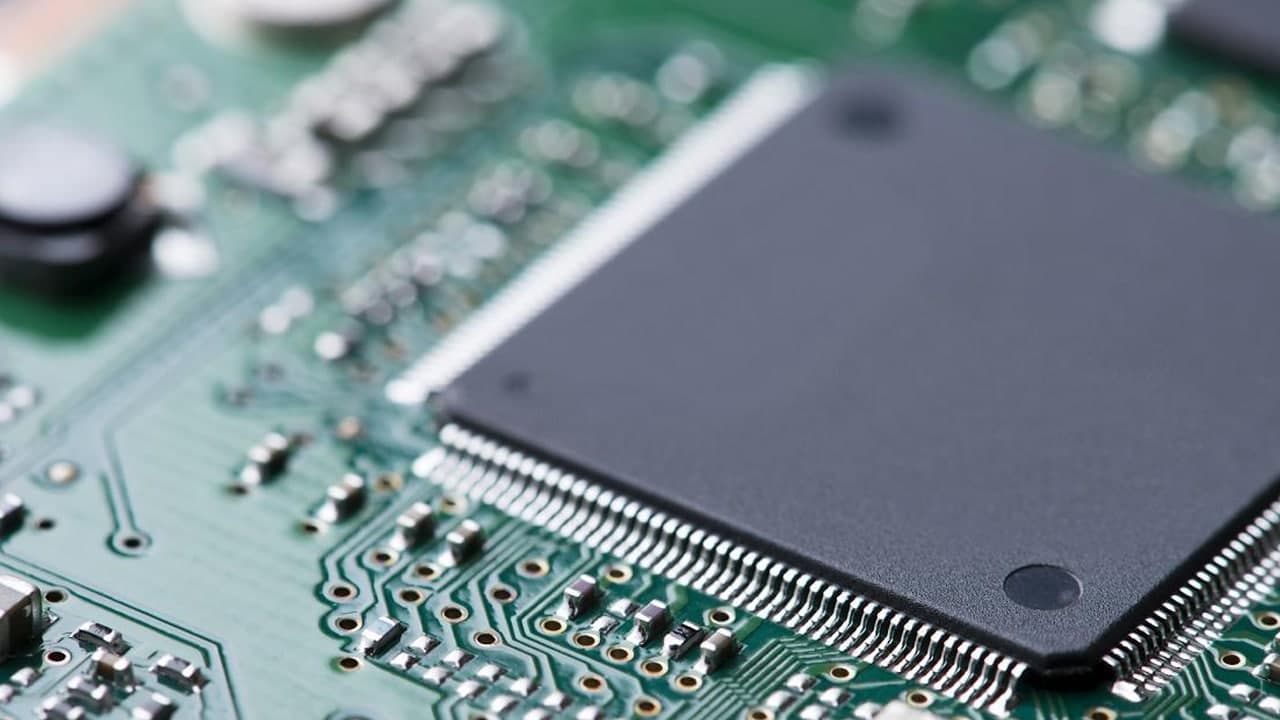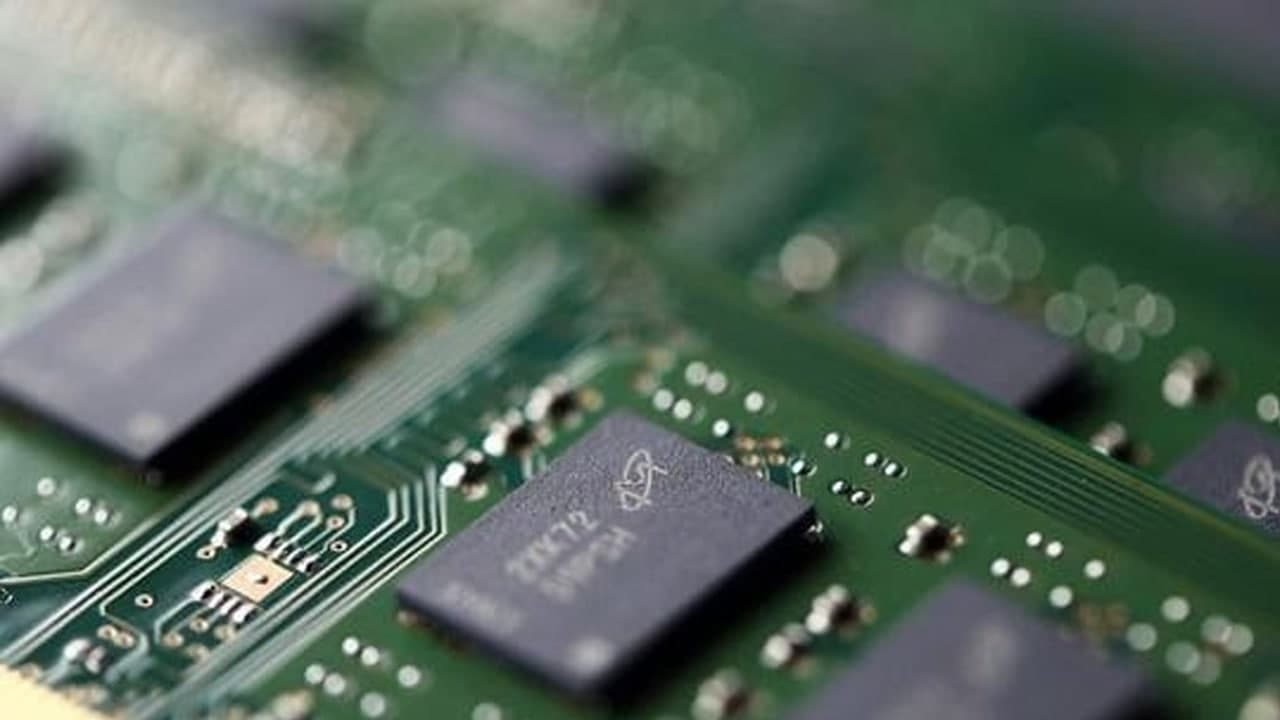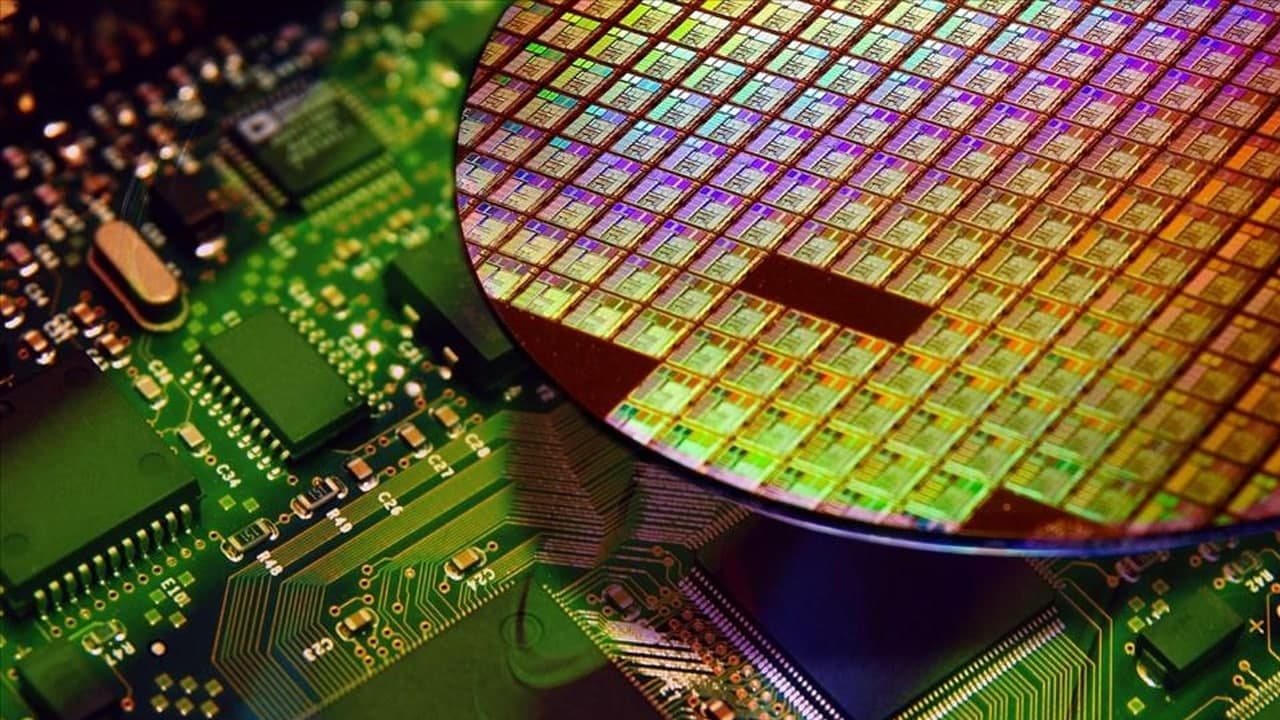Nearly two years of chip shortages have brought an unexpected benefit to the semiconductor industry. The industry is better prepared for the upheaval caused by the conflict between Russia and Ukraine.
The production of important raw materials for chip manufacturing is concentrated in Russia and Ukraine. These two countries are the main sources of neon gas, and the metal palladium used in the later stage also comes from these two countries.
Analysts and industry consultants estimate that about a quarter to half of the world’s semiconductor-grade neon comes from Russia and Ukraine, while about a third of the world’s palladium comes from Russia.
Join tip3x on Telegram
A potential shortage of these materials has sparked concerns among some analysts that the semiconductor industry, already struggling to meet demand, could suffer a production hit.
Those fears may not materialize, at least not in the short term, in part because the semiconductor industry has recalibrated the way it operates after being hit by demand issues and another back-and-forth during the Covid-19 pandemic.
Those shocks include chip factory fires, freezes in Texas, drought in Taiwan, other setbacks, and supply chain disruptions. Amid the upheaval, companies have moved to shore up supply chains, in some cases adding alternative suppliers to gain choice.
 Moreover, they stock neon and other vital chip-making materials, and now typically have six weeks to three months in stock, said Mark Thirsk, managing partner at Massachusetts-based Linx Consulting Inc.
Moreover, they stock neon and other vital chip-making materials, and now typically have six weeks to three months in stock, said Mark Thirsk, managing partner at Massachusetts-based Linx Consulting Inc.
Infineon, which supplies the automotive industry, said it has supply options. “Infineon has also increased inventories of potentially affected raw materials and noble gases,” which include neon, a spokeswoman said.
The chip industry generally says it doesn’t expect much pain. “If this had happened about 10 years ago, we would probably have been in more pain than we are today,” said Jimmy Goodrich, vice president of global policy at the Semiconductor Industry Association (SIA).
While companies say they are well-prepared, that’s not to say the weather-beaten semiconductor industry isn’t without risk. Thirsk of Linx Consulting estimates that chipmakers have enough neon in their facilities and gas supply chains to sustain the industry for about six months. After that, prices could surge, analysts said.
IPG Photonics Corp., a U.S. company that supplies optical components to industries including semiconductor manufacturing, said last week that U.S. sanctions would increase lead times and shipping costs for products involving its operations in Russia, the company said last week. Has about 2,000 employees in Russia.
Even with a 10-fold increase in prices, neon is only a fraction of the industry’s cost structure, Bernstein analyst Stacy Rasgon said in a note. The semiconductor-grade neon industry is estimated to be worth about $100 million annually, while global chip revenue exceeds $500 billion.












